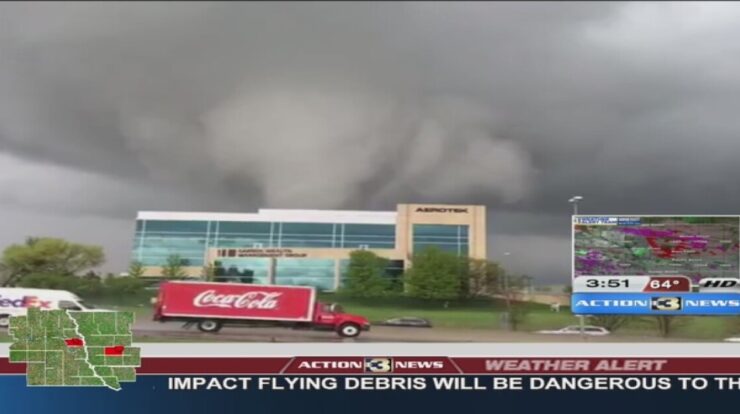
Kenya nairobi flooding – As heavy rains continue to batter Nairobi, Kenya, the city is grappling with severe flooding that has caused widespread damage and displacement. The relentless downpours have submerged roads, bridges, and buildings, leaving residents stranded and infrastructure in ruins.
The flooding has had a devastating impact on Nairobi’s transportation and communication networks, cutting off access to essential services and businesses. The economic consequences are also significant, with businesses facing disruptions and property owners facing extensive damage.
Flooding Impact on Infrastructure
The relentless rainfall in Nairobi has left a devastating mark on the city’s infrastructure, causing widespread damage to roads, bridges, and buildings.
Major roads have been submerged, disrupting transportation networks and bringing traffic to a standstill. The collapse of several bridges has isolated communities and hampered emergency response efforts.
Residential and commercial buildings have also been severely affected, with many collapsing or sustaining significant structural damage. The collapse of a five-story building in Huruma left at least 10 people dead and several others injured.
Impact on Transportation and Communication Networks
- Major roads such as Jogoo Road and Thika Road have been submerged, making them impassable.
- Several bridges, including the Dandora Bridge and the Mathare North Bridge, have collapsed, cutting off access to entire neighborhoods.
- The disruption of transportation networks has hindered the movement of goods and services, causing supply shortages and economic losses.
Specific Examples of Affected Infrastructure
- The collapse of the five-story building in Huruma left at least 10 people dead and several others injured.
- The Dandora Bridge, a vital link between Dandora and the rest of the city, collapsed, isolating the area.
- The Thika Road, one of the busiest roads in Nairobi, has been submerged, causing massive traffic jams and disrupting business operations.
Human Toll and Displacement: Kenya Nairobi Flooding
The flooding in Nairobi has taken a significant human toll, displacing thousands of people and leaving them in dire need of shelter, food, and medical assistance.
According to the Kenya Red Cross Society, over 50,000 people have been displaced from their homes. Many have sought refuge in evacuation centers and temporary shelters, where living conditions are often overcrowded and unsanitary.
Displaced families and individuals face numerous challenges, including lack of access to food, water, and sanitation. They are also at increased risk of disease outbreaks and other health hazards.
Statistics on Displacement and Affected Population
- Over 50,000 people have been displaced from their homes due to the flooding, according to the Kenya Red Cross Society.
- Evacuation centers and temporary shelters are overcrowded and unsanitary, posing health risks to displaced families.
Living Conditions in Evacuation Centers and Temporary Shelters, Kenya nairobi flooding
- Displaced families live in cramped and unsanitary conditions in evacuation centers and temporary shelters.
- There is a shortage of food, water, and sanitation facilities, leading to health concerns.
- Displaced families face challenges in accessing healthcare and other essential services.
Concluding Remarks

The flooding in Nairobi is a stark reminder of the vulnerability of urban centers to extreme weather events. As climate change continues to intensify, cities like Nairobi will need to invest in resilient infrastructure and disaster preparedness measures to mitigate the impacts of future floods.
Helpful Answers
What is the extent of the damage caused by the flooding in Nairobi?
The flooding has caused widespread damage to roads, bridges, and buildings, leaving many residents stranded and without access to essential services.
How many people have been displaced by the flooding?
The flooding has displaced thousands of people, who are now living in evacuation centers and temporary shelters.
What is the government doing to respond to the flooding?
The government has declared a national disaster and is providing emergency assistance to those affected by the flooding. The government is also working to repair damaged infrastructure and restore essential services.

